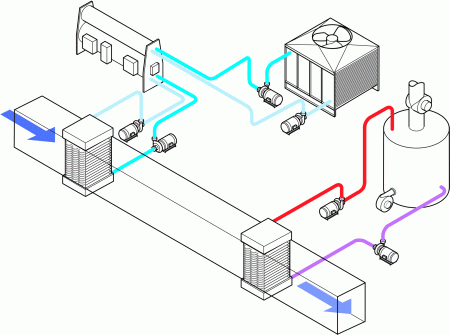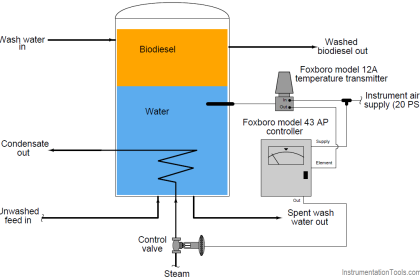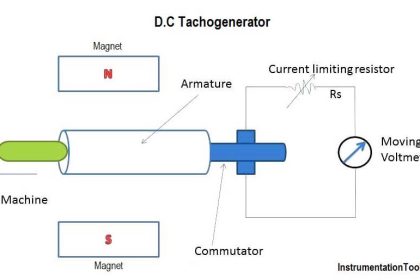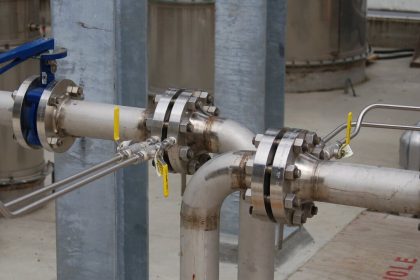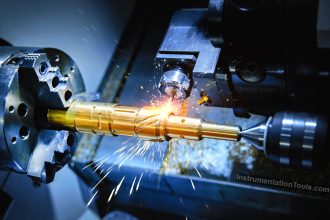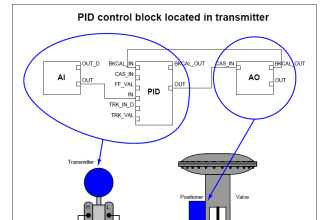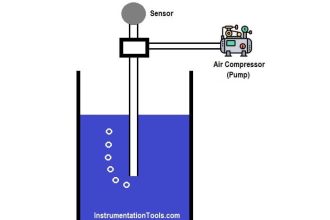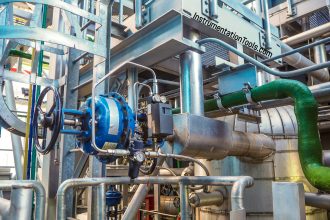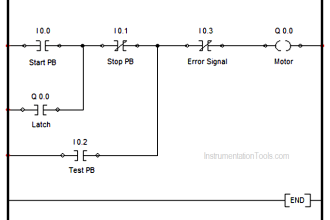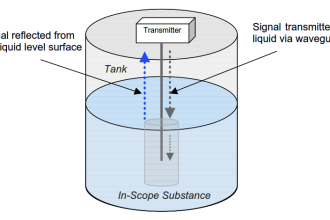In this article, you will learn the various types of Transducers used in instrumentation such as active, passive, analog, digital, direct, and inverse transducers.
What is a Transducer?
A transducer is a device that receives energy in one form or state and transfers it to a convenient form or state.
Sometimes these transducers are called sensors or detectors.
Transducers used for the measurement of non-electrical quantities do not constitute the first stage of instrumentation setup.
Electrical quantities, such as current, and voltage produce electrical current signals by themselves.
Hence measurement of these quantities involves proper conditioning of signals and displaying them in convenient ways.
Transduction is not only the conversion of energy from one form to another.
For example, a diaphragm produces a displacement on the application of pressure.
But both pressure and displacement are both indications of mechanical energy.
Though displacement is more convenient from the measurement point of view.
Here diaphragm is considered a pressure transducer since energy is not converted from one state to another state.
A thermocouple is, therefore, a temperature transducer because a thermocouple produces an electrical output with the change of temperature by forming a junction of dissimilar conducting metals.
Conversion of heat energy to an electrical signal the latter being preferred from the standpoint of the convenience of measurement.
The transducer or the responding device can be mechanical, electrical, optical, acoustic, magnetic, thermal, nuclear, chemical, or any of their combinations.
But, of course, devices with electrical output are preferred for the following reasons:
- The signal can be conditioned, i.e. modified, amplified, modulated, etc. as desired.
- A remote operation, as well as multiple readouts, is possible.
- Devices, such as op-amps are available to ensure a minimal loading of the system.
- Observer-independent data acquisition and minute control of the process with the help of microprocessors, or for that matter computers, are possible.
Types of Transducers
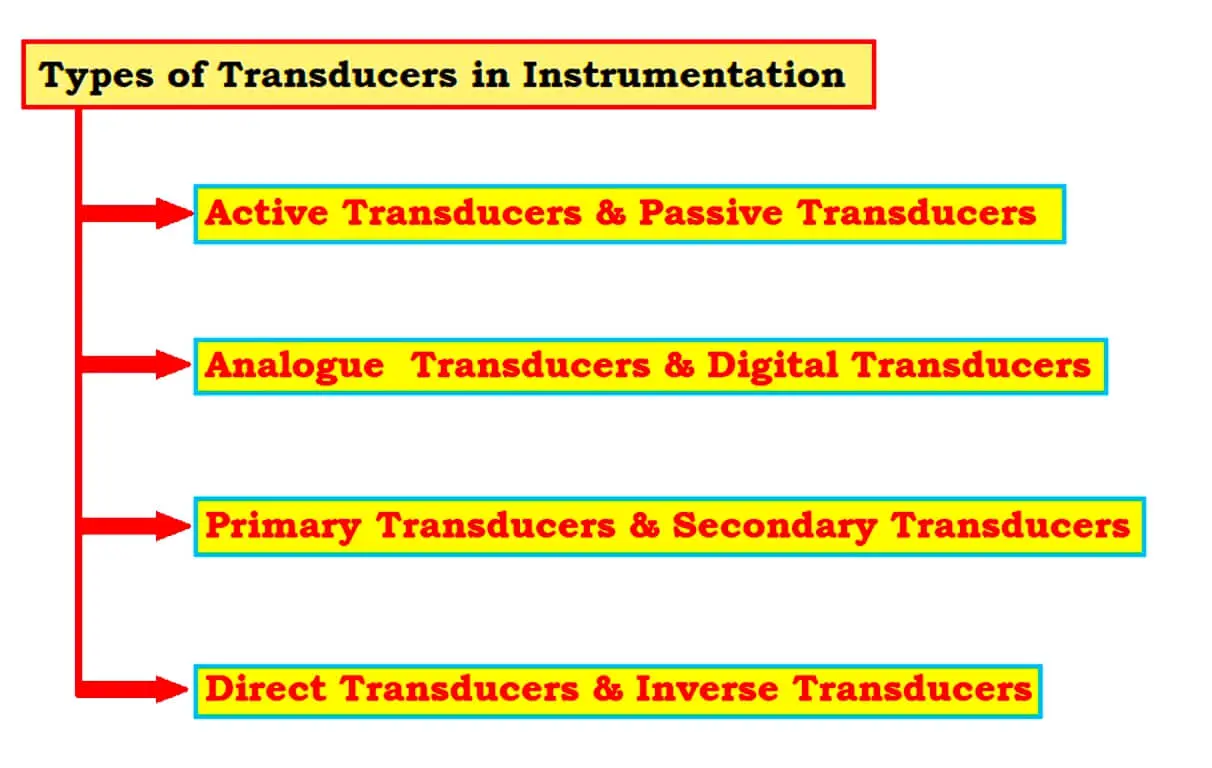
Transducers can broadly be divided into the following categories:
- Active Transducers & Passive Transducers
- Analogue Transducers & Digital Transducers
- Primary Transducers & Secondary Transducers
- Direct Transducers & Inverse Transducers
Active and Passive Transducers
Active transducers are self-generating devices since they generate energy themselves.
These transducers do not require an external energy source to excite them.
Their function is based on the conversion of energy from one state to another state.
An example of an active transducer is the thermocouple.
Based on principles of operation, active transducers can be classified as
- Thermoelectric
- Piezoelectric
- Photovoltaic
- Electromagnetic
- Galvanic
Various types of active transducers in measuring non-electrical properties.
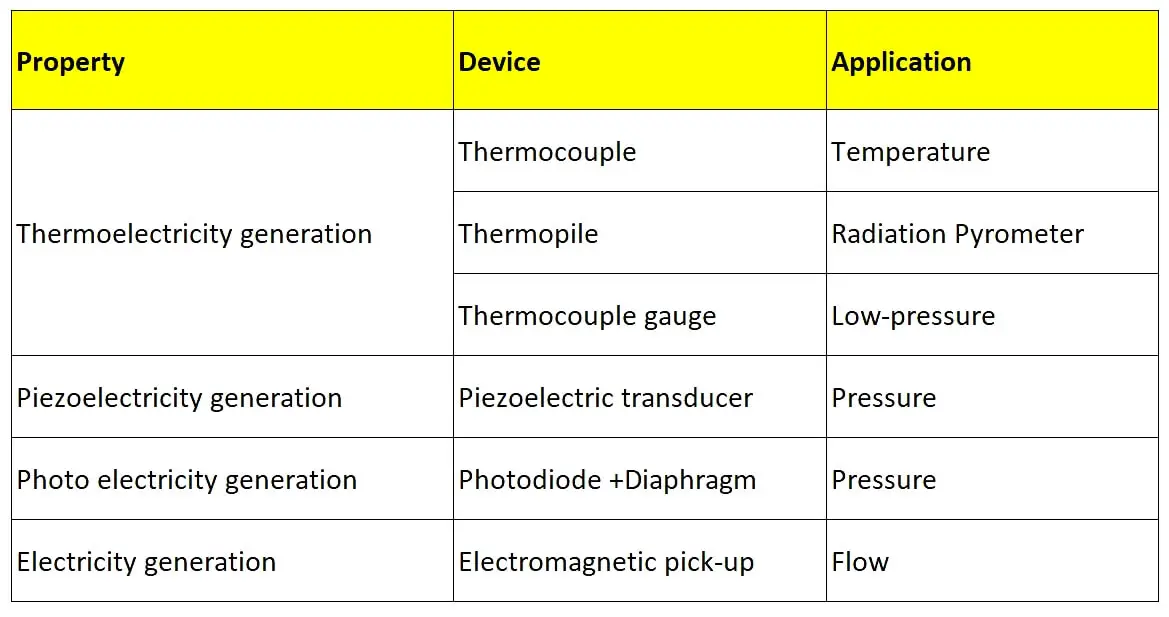
On the other hand, these Passive transducers do not generate energy by themselves.
These transducers require external electrical energy for excitation.
The energy generated from the measurand produces a change in their electrical state which can be measured.
For example, a photoresistor can be excited by an EMF from the external battery and the voltage against the photoresistor can be measured.
When exposed to light of certain intensity its resistance changes, thus changing the voltage across it.
Based on principles of operation, passive transducers can be classified as
- Resistive
- Inductive
- Capacitive
- Magneto resistive
- Photoconductive
- Thermo resistive
- Elastoresistive
- Hall effect-based.
Various types of passive transducers in the measuring non-electrical properties
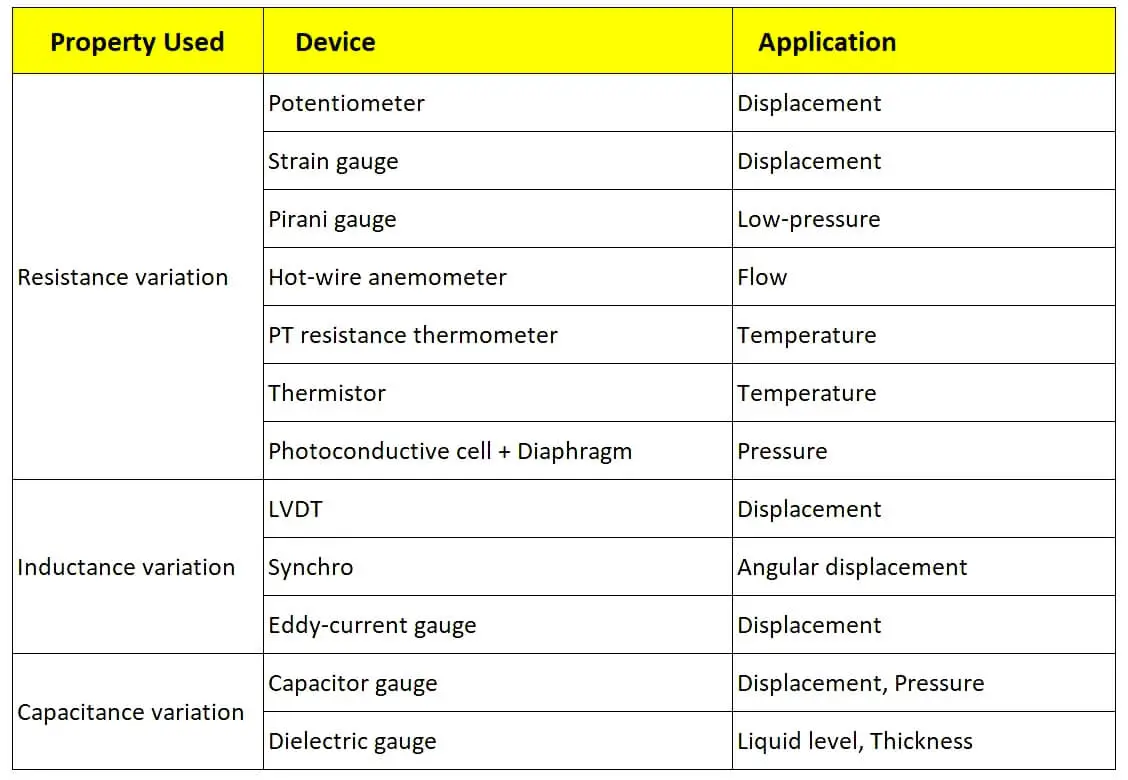
Analogue and Digital Transducers
These transducers generate only analog outputs as a continuous signal.
Cadmium Sulphide is a type of analog transducer wired into a circuit to produce a continuous output value of 0 to 5 volts.
An analog signal can be assumed for any value within a range.
An Analog transducer works like a tuner mounted on an older radio which can be turned up or turned down in a continuous motion.
We could fine-tune it by turning the knob ever so slightly.
But digital transducers generate output in the discrete form of 0 and 1s.
The sensor generates an output in a range of values that increase in steps.
The graph plotted by these discrete signals typically resembles a stair-step appearance on a chart.
Consider a modern television set tuner as an example of a digital transducer.
This tuner allows us to change channels in steps forward and backward.
Consider a push button type switch which is one of the simplest forms of sensors.
The push button type switch has two discrete values either ON, or OFF.
But some discrete transducers provide a binary value.
Digital displacement encoder falls under the digital transducer category.
Primary and Secondary Transducers
A transducer is said to be a primary transducer when the applied signal is sensed directly otherwise it may be a primary transducer.
In an instrumentation system, a transducer is considered the first element if the output is produced in an electrical format.
Generally, such sensing elements are called primary transducers.
In the case of pressure measurement, a mechanical sensor detects the input in physical format but another device converts the sensor output to electrical format.
Hence, these latter sensors are known as secondary transducers.
Direct and Inverse Transducer
A direct transducer is a device that receives energy in one state and transfers it to an electrical signal (another state).
The sensing device can be mechanical, optical, acoustic, magnetic, thermal nuclear, chemical, or combinations of these.
An inverse transducer is a transducer that converts an electrical quantity into a non-electrical quantity.
A current-carrying coil moving in a magnetic field is known as an inverse transducer since the current carried is converted to a force that causes translational or rotational displacement.
Practically, many data-indicating and recording devices are considered inverse transducers.
For example.
- Analogue Ammeter or Voltmeter converts the current signal to the mechanical rotation of a pointer.
- Speaker used in public addressing system converts voltage signal to sound or acoustics.
If you liked this article, then please subscribe to our YouTube Channel for Electrical, Electronics, Instrumentation, PLC, and SCADA video tutorials.
You can also follow us on Facebook and Twitter to receive daily updates.
Read Next:
- Motor Feedback PLC Logic
- Steps in PLC System Design
- SCADA System Vulnerabilities
- Delta PLC and VFD with Modbus
- Industrial Automation Documents
